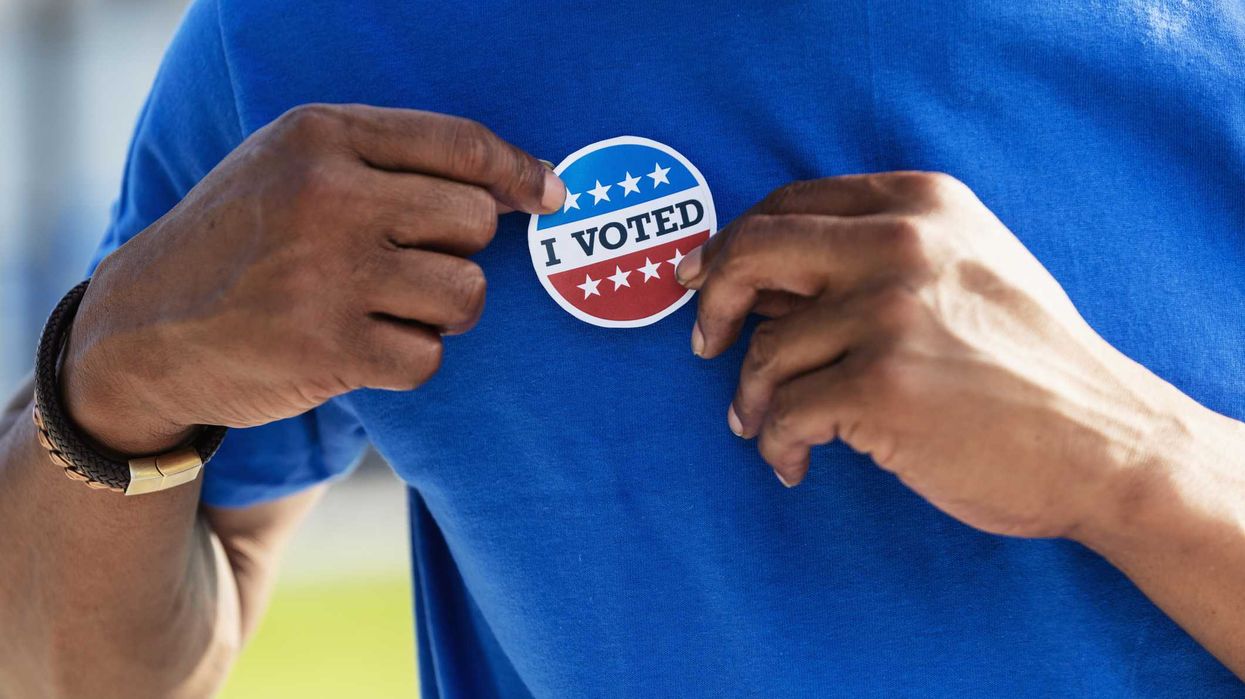My neighbor was brutally attacked outside of his home one Friday night, when another resident, blasting loud music, yelled out his accusations, “You have been going through my things, you have been breaking into my home.” My neighbor gently told this man, “No, I have not gone through your things. Please lower your music.” His reply was a beating, fists that did great damage.
His wife was in the driveway, frozen. Horrified. Scared. She called the police and ran to her husband as the man fled.
My neighbor’s next memory begins at the County Hospital. His nose and several ribs were broken. He’s home now, bruised, bandaged—and still terrified. He asked why the police hadn’t acted. He had to call the police after the assault. He had to send them photos of his broken bones. The crime is a felony, but the police have no leads. I told my neighbor that this is too familiar in my field of work. When you are a victim, you become everything: The survivor, the patient, the detective, the crime scene investigator, the narrator.
The police asked him, why didn’t you have a camera? Why didn’t you let your dog out? Classic victim blaming.
Eventually, when he had to identify possible suspects, he was stressed: Could he recognize his attacker? Filing a civil restraining order was impossible because the police had not yet investigated the incident—or identified a suspect.
Welcome to my work, I said. Welcome to my world.
It is exhausting to be a victim.
Having to fight for your own survival is a tale as old as time. I hear it every day, and not just at work.
My neighbor’s story is far from unique. A teenager I know was the victim of a fight at school; her parents pushed the school for accommodations after the school did nothing. When I was in college, a friend was assaulted by her doctor. Years later, the burden to testify, to come forward, to try to stop him, was hers. Another friend suffered a beating outside of his place of employment. He had to track down security camera footage just to get the police to pay attention.
I know because I have practiced domestic violence law since 2004. Over the decades, the story is the same, always what the victim could or should have done differently.
Victim-blaming in the public sphere is brutal. Imagine when it happens at home. By your loved ones. Or by those who claim to love you. The blaming magnifies.
“Why didn’t you speak up?” They ask. “Why didn’t you tell anyone? Why did you marry that person?” Why why why.
A big part of our work is teaching survivors that the system is not fair. In the pursuit of justice, the system can hurt you more. Even in a crisis, you have to be your own advocate.
Plenty of information intended for people who experience domestic violence was applicable to my neighbor’s situation. I shared all the information I had on victim restitution, relocation assistance, security cameras, how to advocate with law enforcement, how to file a restraining order, and more. As helpful as the information might be, it forced him to take the time that he should have used for healing from the physical and emotional damage to become his own advocate. Even my offer rang hollow because all my well-intentioned advice shifted the burden from the authorities to my neighbor, the victim. I am proud to lead an organization that puts survivors first—but even I unintentionally burdened a victim, who should have been supported during a difficult time.
We can and must remove barriers to accessing justice.
During President Trump’s first administration, the failure to pursue white-collar crimes and cuts in the Victims of Crime Act (VOCA) and related government funding had a massive impact on victims of crime, who now find it much more difficult to get access to legal aid. The Crime Victims Fund (CVF) did not pass the committee last session. We have another opportunity now to secure much-needed funding for victims of crime. Call or email your representatives now and urge them to pass this vital legislation. A similar law was enacted in California in 2024 to address the reduction in federal funding. It came into effect after a group of advocates urged their legislators to find funding to continue critical services—like keeping shelters and other related services for survivors running. Other states can use a similar model in the meantime. Congress must enact this law to continue to protect survivors.
On February 7, 2025, the Office on Violence Against Women, withdrew funding opportunities that had previously been available -- sustaining the toxic trend of blaming the victim.
Carmen McDonald is an attorney and the Executive Director of the Survivor Justice Center; she is a Public Voices Fellow of t he OpEdProject.



















